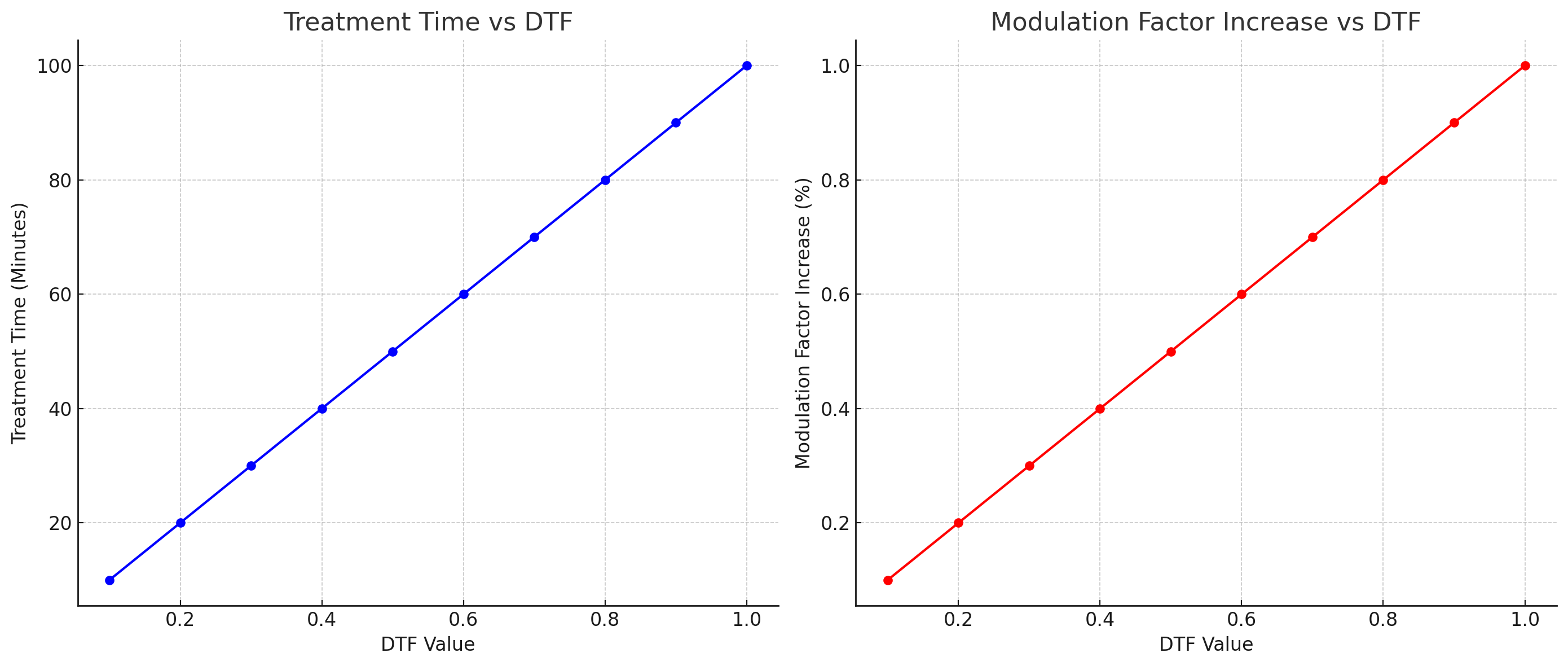Adjusting DTF Settings for Challenging Materials

Adjusting DTF Settings for Challenging Materials
Key Takeaways
| Aspect | Key Point |
|---|---|
| DTF Overview | Direct to Film (DTF) printing is a versatile technology suited for a wide range of materials. |
| Benefits | DTF offers significant benefits, including versatility and quality on various substrates. |
| Terminology | Understanding DTF terminologies like modulation factor and treatment time is crucial. |
| Adjusting Settings | Methods and techniques for adjusting settings are pivotal for optimal print quality. |
| Common Mistakes | Awareness and avoidance of common pitfalls can significantly improve DTF processes. |
Introduction
Direct to Film (DTF) Printing Technology has revolutionized the printing industry, especially for challenging materials that require intricate detail and durability. The key to leveraging this technology lies in the precise adjustment of DTF settings tailored to each material's unique characteristics.

Understanding DTF and Its Benefits
DTF Printing is not just another technology; it's a game-changer for the printing industry. It stands out for its ability to adhere to a broad spectrum of fabrics without requiring pre-treatment, making it a preferred choice for printing on challenging materials. The benefits are vast: from unparalleled flexibility in color and design reproduction to exceptional durability of the printed product. Learning about these benefits helps businesses and enthusiasts alike to tap into new potentials.
What is Direct to Film Transfers? Benefits
Core Aspects of DTF Printing
The core of DTF printing lies in understanding its components and how they interact with various materials. Each aspect, from the ink and film to the powder and heat press settings, plays a crucial role in achieving the desired outcome.

DTF Terminologies Explained
The language of DTF printing includes terms that are crucial for anyone in the industry to understand. Terms such as modulation factor, treatment time, and DTF value are not just jargon but essential elements that affect the final print quality.
DTF Terminologies Cheat Sheet for Solopreneurs, Shop Owners, and Clothing Brand Owners
Methods and Techniques for Adjusting DTF Settings
Adjusting DTF settings for challenging materials is an art and science that requires knowledge and practice. Various methods and techniques can be employed to optimize printing quality, from adjusting the curing time to fine-tuning the powder application process.
DTF Transfer Methods and Techniques: Unleashing Your Inner DTF Superstar
Step-by-Step Guide to Adjusting DTF Settings
Achieving the perfect print involves a strategic approach to adjusting DTF settings. This section provides a practical, step-by-step guide that covers everything from choosing the right film to the final curing process.
Step-by-Step Guide to Printing DTF Transfers
Avoiding Common DTF Printing Issues
Being aware of and avoiding common mistakes in DTF printing can save time, resources, and ensure a high-quality outcome. This part delves into typical pitfalls and practical tips to avoid them.
Watch "Common DTF Mistakes - What NOT to do!"
Advanced Techniques and Insights
For those looking to delve deeper into the world of DTF, this section explores advanced adjustments and insights from industry professionals, providing a broad perspective that aids in mastering DTF settings for various challenges.
Conclusion
Mastering the adjustment of DTF settings for challenging materials is a journey of continuous learning and experimentation. We invite you to explore further resources and deepen your understanding, pushing the boundaries of what can be achieved with DTF printing.
DTF Printing Essentials: A Closer Look
By providing a comprehensive view, we aim to empower our readers with the knowledge necessary to optimize their DTF printing processes, ensuring the highest quality prints on every type of material.
